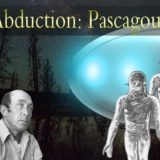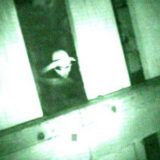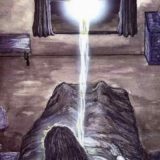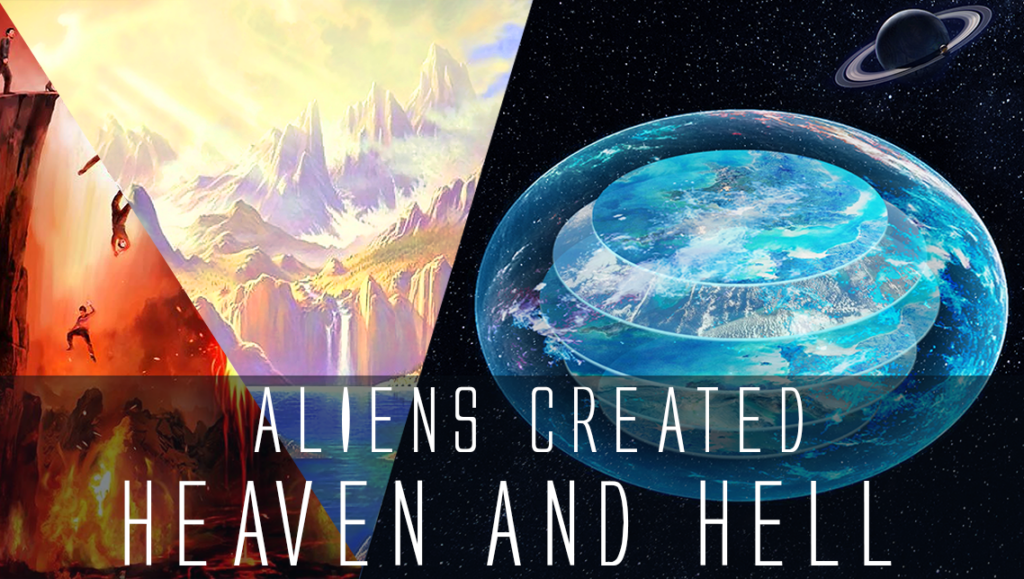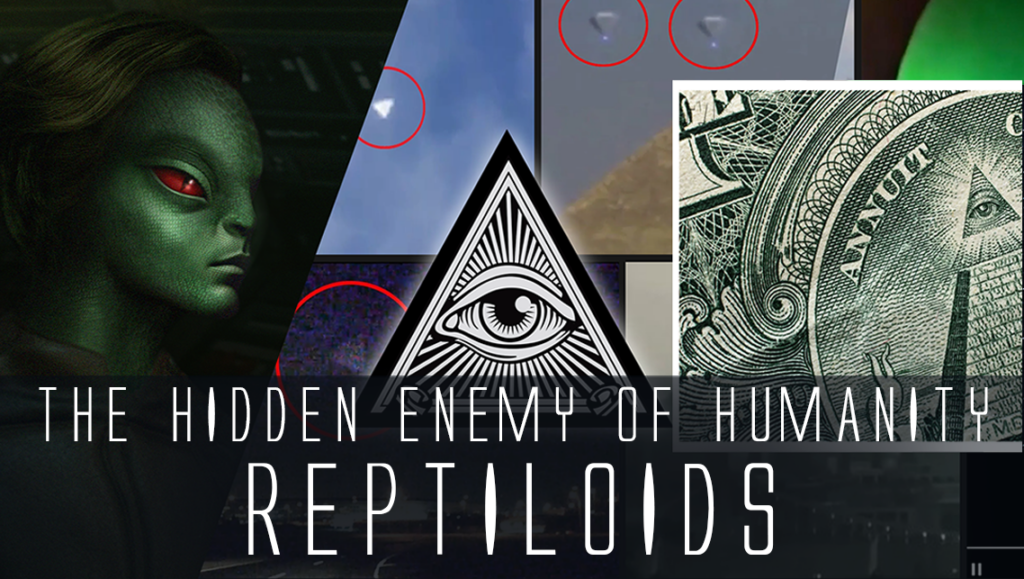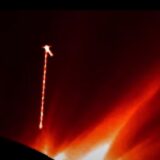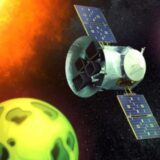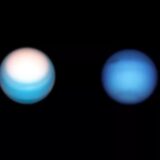New, stunningly detailed images of the Large and Small Magellanic Clouds may revolutionize our understanding of the stars making up these two dwarf galaxies.
The Large and Small Magellanic Clouds are a pair of dwarf galaxies that neighbor our Milky Way. Their proximity means these satellite galaxies allow astronomers to investigate how such galaxies are formed, particularly since the Magellanic Clouds are still actively and rapidly forming stars.
These new images and videos are part of the second data drop from the Survey of the Magellanic Stellar History (SMASH), the most extensive survey of the Magellanic Clouds yet. The data include roughly 4 billion measurements of 360 objects using the Dark Energy Camera (DECam) at the Cerro Tololo Inter-American Observatory in Chile.
“These are beautiful multicolor images of the Milky Way’s nearest neighboring galaxies,” Glen Langston, National Science Foundation program officer, said in a statement from the NSF. “Through the care the dedicated team has taken, they give us a remarkable view of the 13-billion-year history of star formation in these galaxies.”
The SMASH survey required about 50 nights of observations completed by an international team of astronomers. The recent release focuses on the central and most complex areas of the Magellanic Clouds. These clouds pose a bit of trouble for astronomers: because the structures are so close to our galaxy, they cover a large area of the sky. DECam’s huge field of view broke through the challenge of mapping objects so close to us and captured details from some of the most interesting parts of the Magellanic Clouds.
Among the new dataset is evidence that the pair of galaxies collided with each other in the recent past, sparking a new bout of intense star formation.
Long-term, the SMASH astronomers hope to use the information they find about the history of star formation in the Magellanic Clouds to create a “movie” about how these galaxies evolved over time. The researchers also plan to ask citizen scientists to help find star clusters and measure the metal content of stars in these galaxies.
The second dataset from SMASH will be made available to the astronomical community at large through Astro Data Lab and the Astro Data Archive.

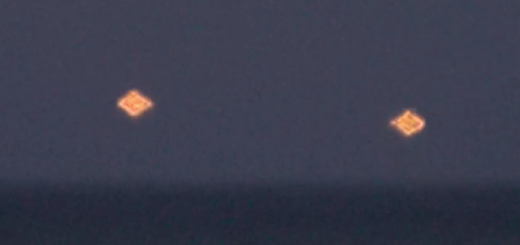

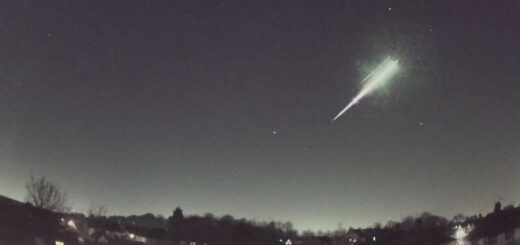
 Creators of mankind
Creators of mankind Description of “Tall white aliens”
Description of “Tall white aliens” Where they came from?
Where they came from? About hostile civilizations
About hostile civilizations The war for the Earth
The war for the Earth “Tall white aliens” about eternal life
“Tall white aliens” about eternal life Video: “Nordic aliens”
Video: “Nordic aliens” Aliens
Aliens Alien encounters
Alien encounters The aliens base
The aliens base UFO
UFO Technology UFO
Technology UFO Underground civilization
Underground civilization Ancient alien artifacts
Ancient alien artifacts Military and UFO
Military and UFO Mysteries and hypotheses
Mysteries and hypotheses Scientific facts
Scientific facts